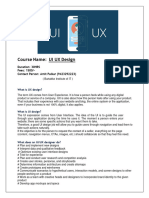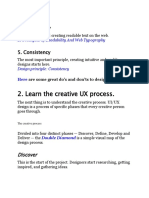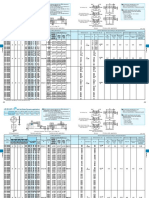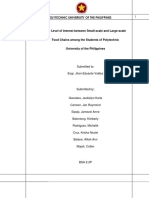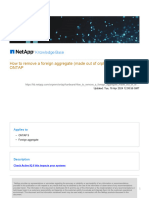0% found this document useful (0 votes)
4 views4 pagesDocument Week 1
The document provides an overview of UI/UX design, emphasizing its importance in enhancing user engagement, improving usability, and supporting business goals. It outlines the design process, the role of designers, and key design principles, along with popular design tools. Additionally, it covers content creation, highlighting its significance in establishing brand credibility and driving engagement, while stressing the need to understand the target audience and set clear content goals.
Uploaded by
adeniyiisaac20Copyright
© © All Rights Reserved
We take content rights seriously. If you suspect this is your content, claim it here.
Available Formats
Download as DOCX, PDF, TXT or read online on Scribd
0% found this document useful (0 votes)
4 views4 pagesDocument Week 1
The document provides an overview of UI/UX design, emphasizing its importance in enhancing user engagement, improving usability, and supporting business goals. It outlines the design process, the role of designers, and key design principles, along with popular design tools. Additionally, it covers content creation, highlighting its significance in establishing brand credibility and driving engagement, while stressing the need to understand the target audience and set clear content goals.
Uploaded by
adeniyiisaac20Copyright
© © All Rights Reserved
We take content rights seriously. If you suspect this is your content, claim it here.
Available Formats
Download as DOCX, PDF, TXT or read online on Scribd
/ 4


















































